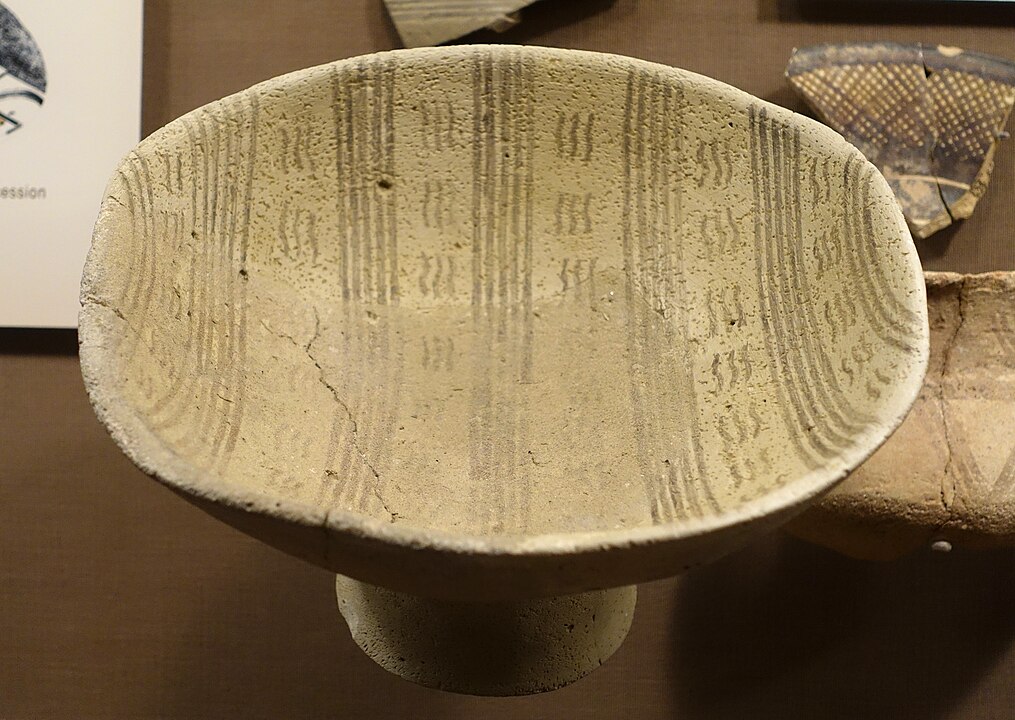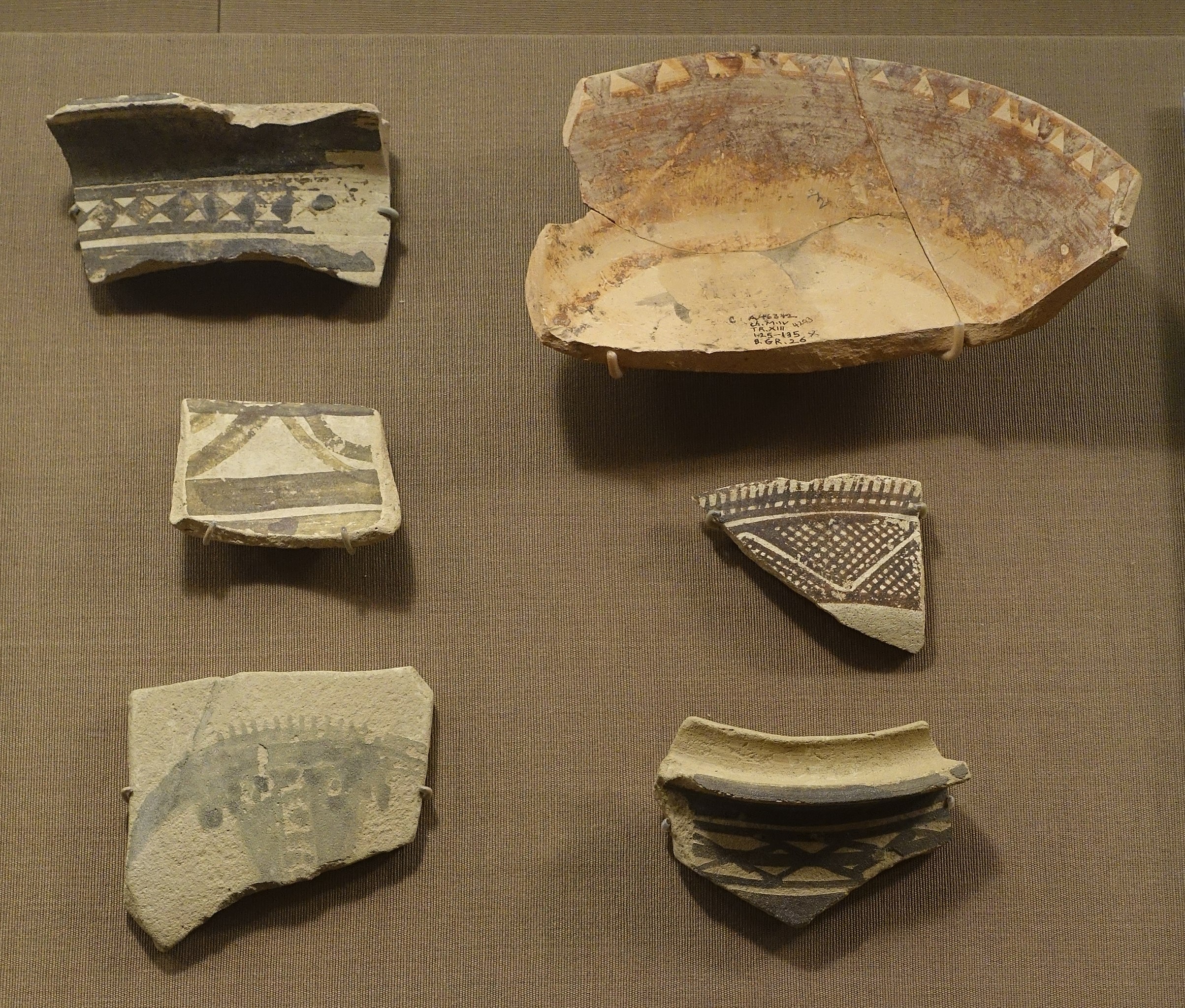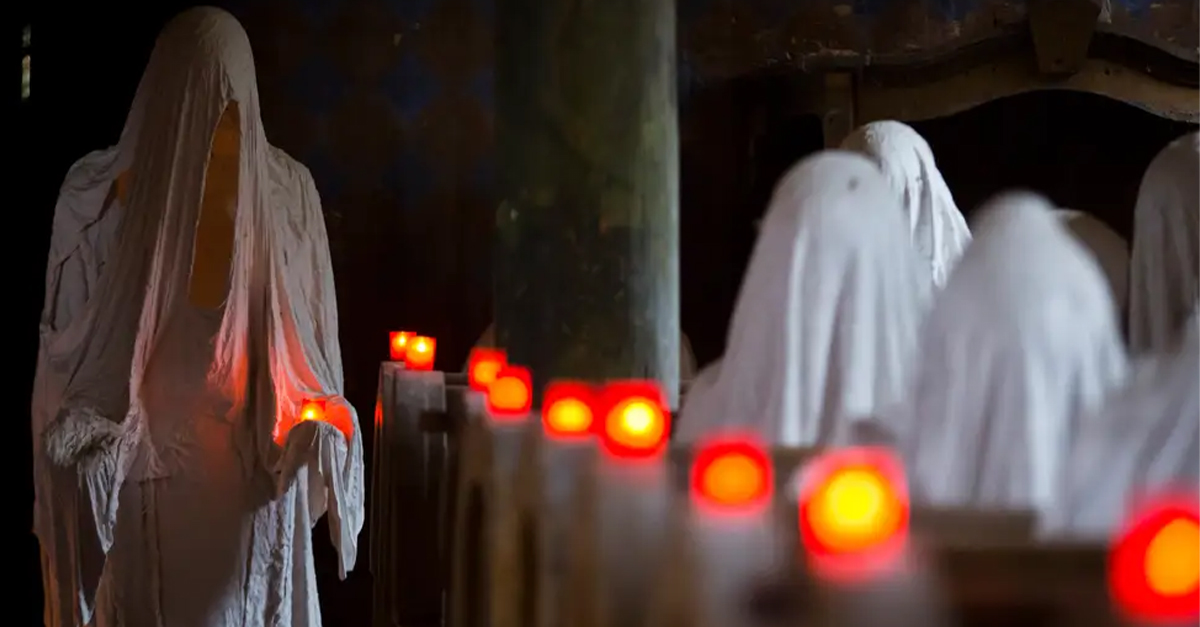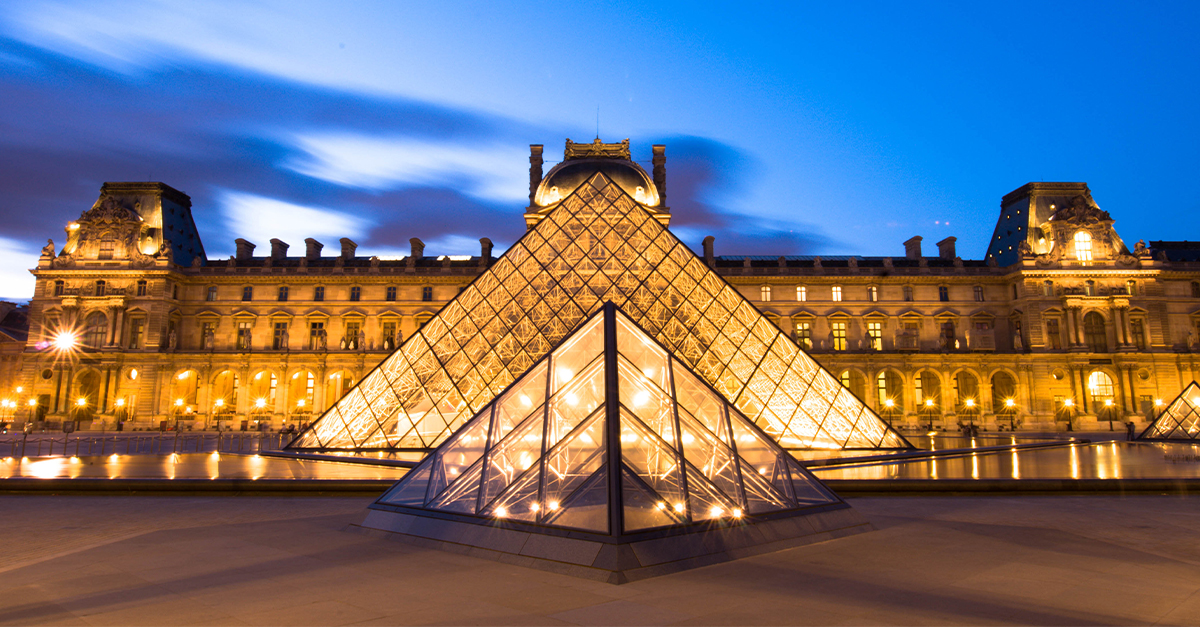A 7,000-year-old sculpture was discovered in the Kuwaiti desert in 2024. Its strange shape left scientists with more questions than answers.
In late November 2024, a team of Kuwaiti and Polish archaeologists excavated Bahra 1, an archaeological site in Northern Kuwait, where the team had been digging for months. What they found there shocked them and the archaeological world. A Ubaid figurine dating back 7,000 years was unearthed in Northern Kuwait. Here's the story of how the archaeologists found it and what it could mean for our understanding of the history of the Middle East.
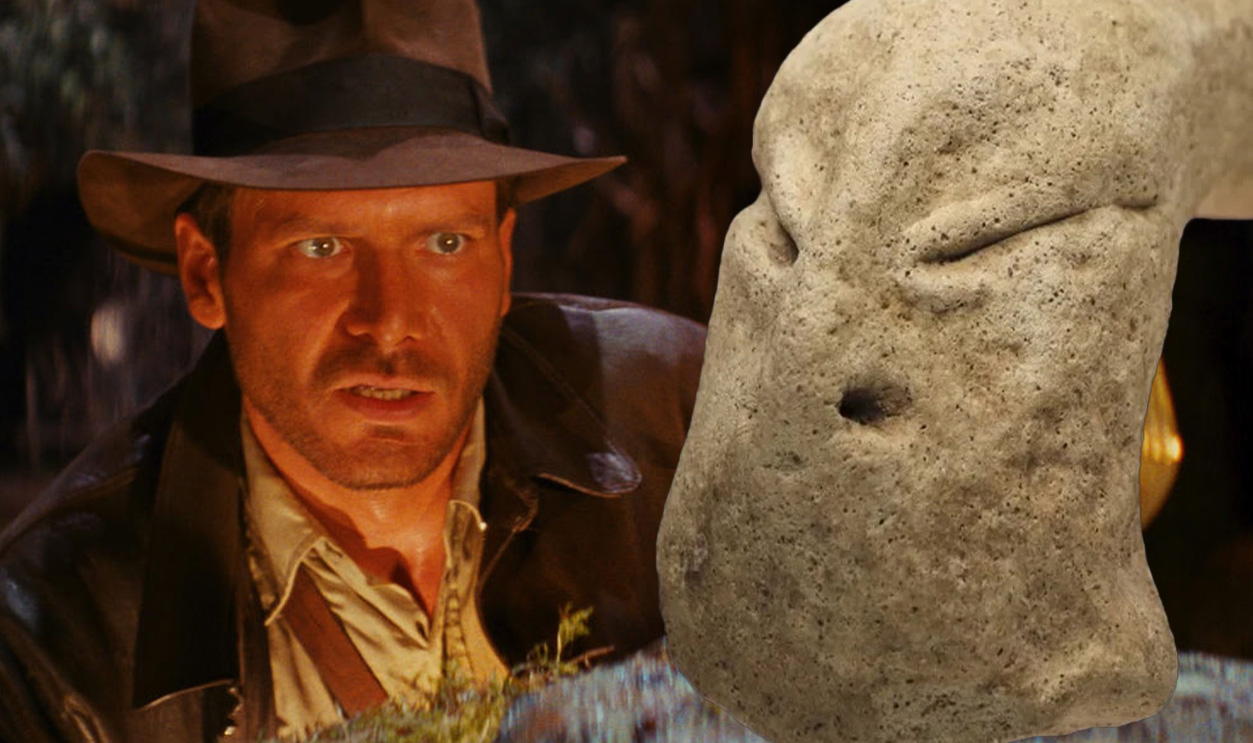
The Site Of The Dig
Bahra 1 has been an archaeological site under excavation since 2009 as part of a joint-archaeological mission known as the Kuwait-Polish Archaeological Mission, or KPAM. KPAM includes researchers from the Polish Center of Mediterranean Archaeology at the University of Warsaw and the National Council for Culture, Arts and Letters of the State of Kuwait.
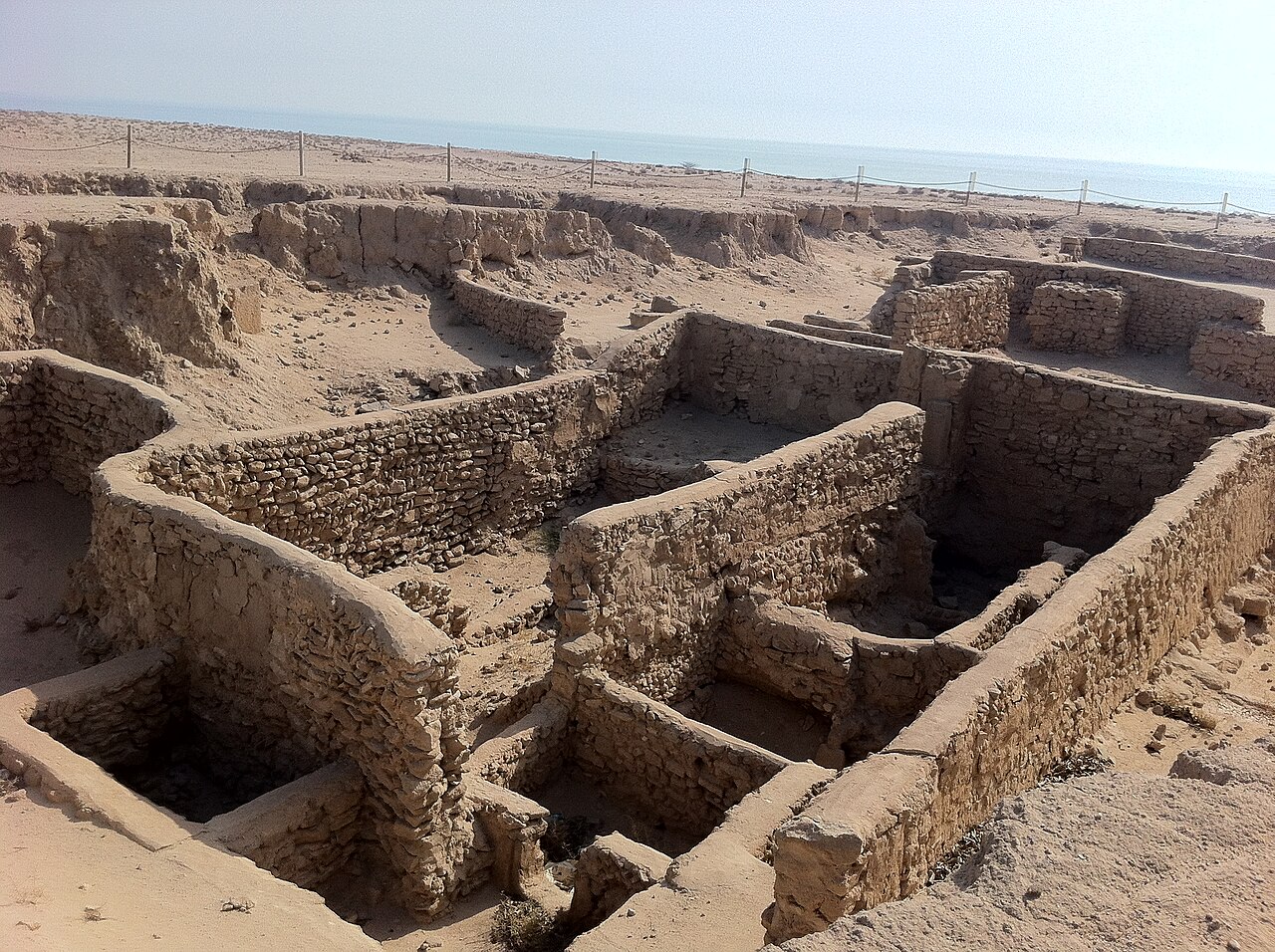 Bo hessin, CC BY-SA 3.0, Wikimedia Commons
Bo hessin, CC BY-SA 3.0, Wikimedia Commons
Other Archaeological Discoveries At Bahra 1
Bahra 1 is located in the Subiya region of Kuwait, on the Kuwaiti coast. Its association with the Ubaid culture comes from several archaeological finds: stone wall foundations that indicate the oldest permanent settlement south of Mesopotamia.
 ALFGRN, CC BY-SA 2.0, Wikimedia Commons
ALFGRN, CC BY-SA 2.0, Wikimedia Commons
Pottery Fragments Discovered
Some of the most prominent findings at Bahra 1 have been pottery fragments. They're mostly vessels that are of the "Ubaid ware" variety of pottery: rich in decoration while remaining utilitarian.
Baked Clay Figurines Discovered
Archaeologists and historians have discovered that baked clay figurines were viewed symbolically in the Ubaid culture. Interestingly, they are most commonly designed in the female form with lizard-like heads.
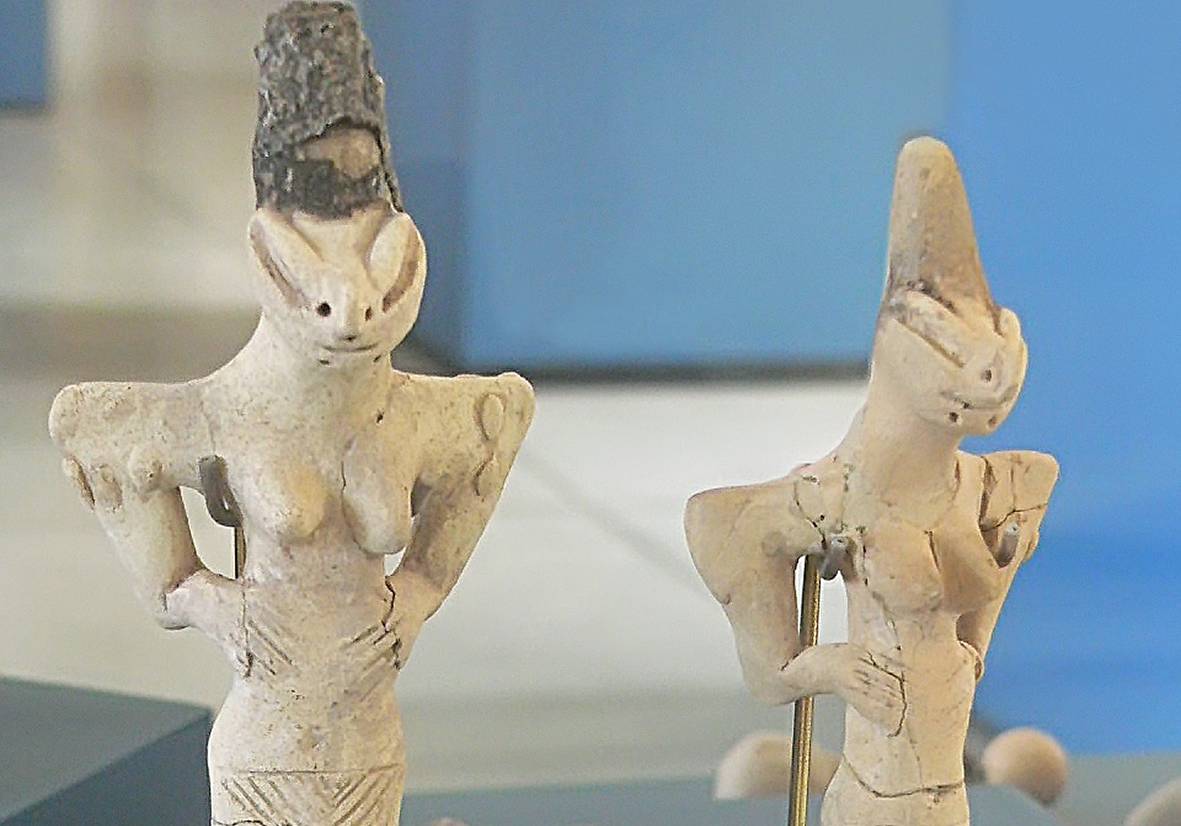 Mary Harrsch, CC BY 2.0, Wikimedia Commons
Mary Harrsch, CC BY 2.0, Wikimedia Commons
Clay Tokens For Currency?
Another key finding is that clay tokens uncovered at sites like Bahra 1 seem to suggest an early system of currency. Is It possible that these clay tokens were used as some form of currency?
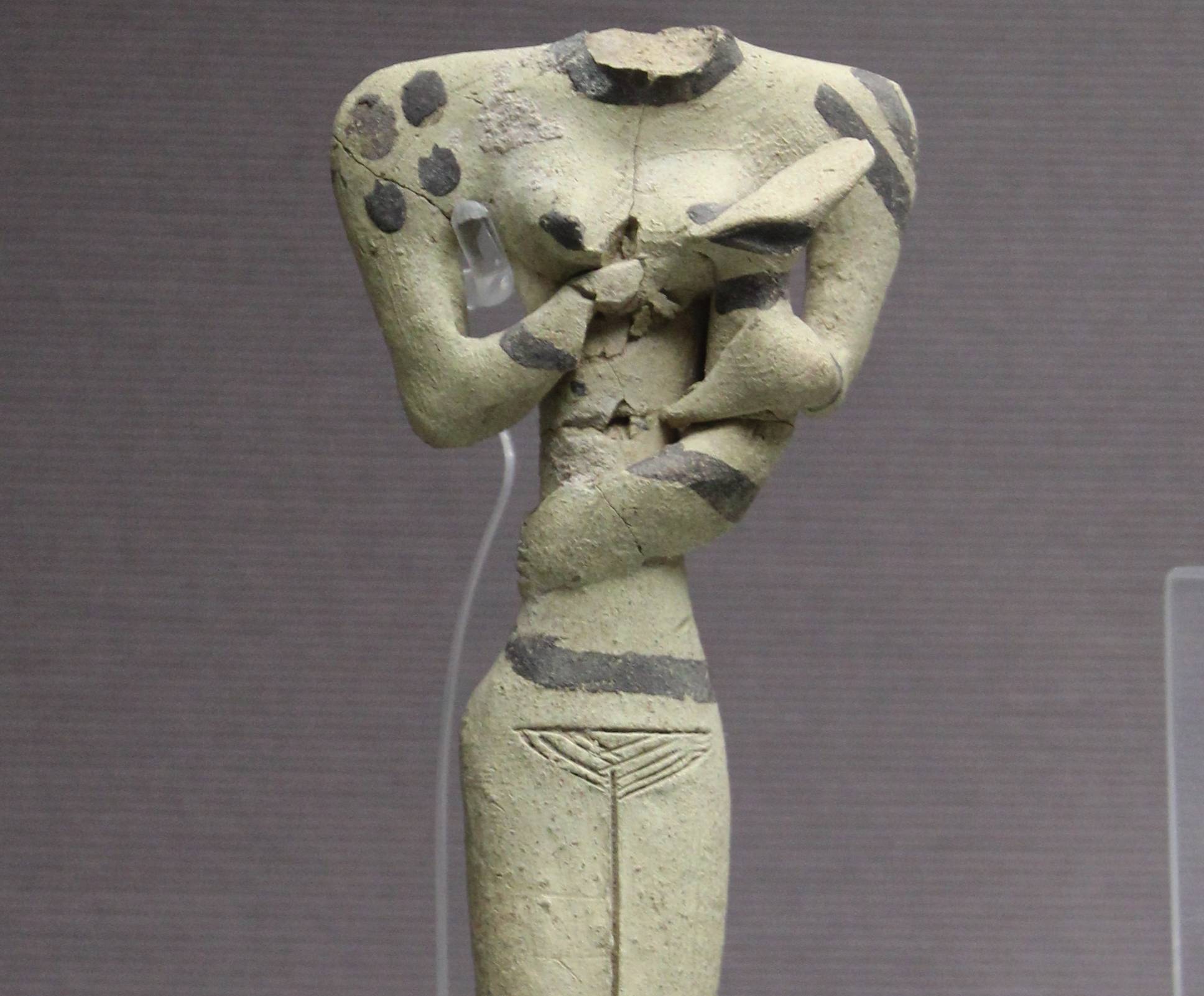 Zunkir, CC BY-SA 4.0, Wikimedia Commons
Zunkir, CC BY-SA 4.0, Wikimedia Commons
Over 1,500 Small Finds
Archaeologists find small objects like the clay tokens all the time—over 1,500 have been found at Bahra 1 since 2009. But the 7,000-year-old sculpture set the KPAM team abuzz with speculation and excitement.
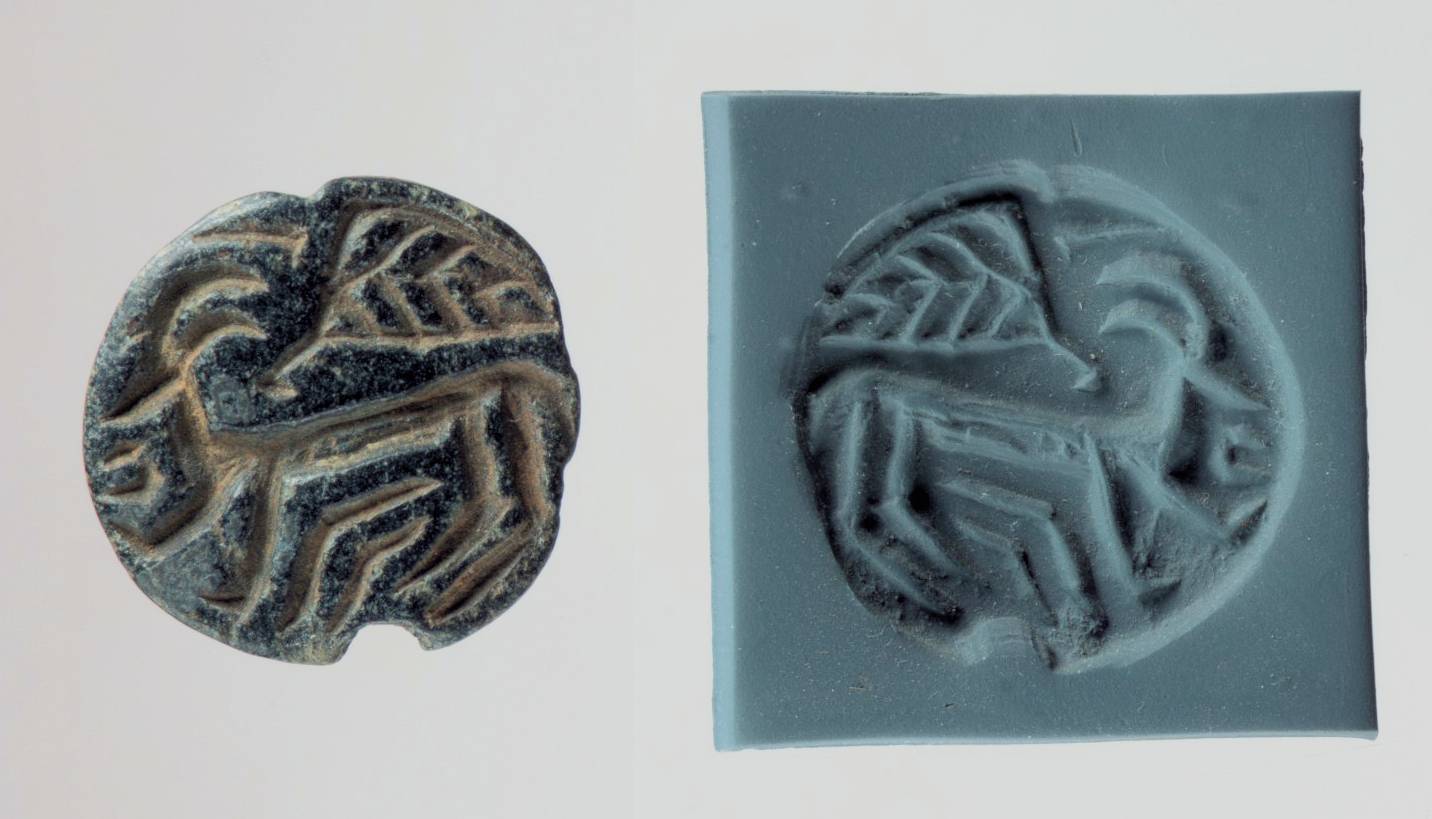 Metropolitan Museum of Art, Wikimedia Commons
Metropolitan Museum of Art, Wikimedia Commons
A New Understanding Of Settlement
While it was known that the Ubaid culture spread far and wide, stretching across an area from ancient Mesopotamia (modern day Iraq) to Anatolia (modern-day Turkey), the presence of these baked clay figurines indicate, for the first time, that the Ubaids settled as far south as Kuwait.
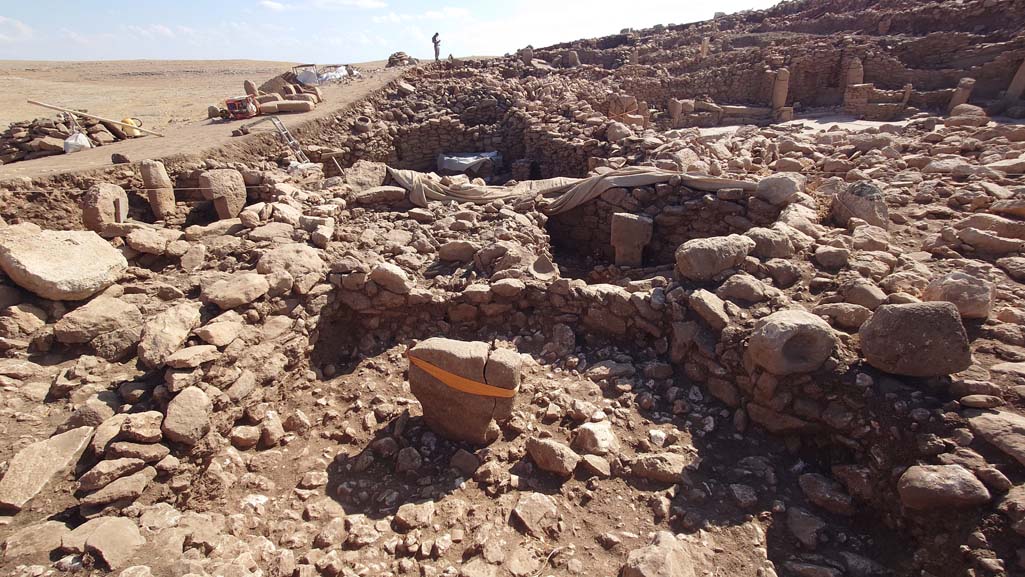 Mahmut Bozarslan (VOA), Wikimedia Commons
Mahmut Bozarslan (VOA), Wikimedia Commons
What Was The Ubaid Period?
The Ubaid period lasted from 5500 to 3700 BC, when settlement began in Northern Mesopotamia. Defined by their unique works of pottery, the Ubaid civilization was first discovered in 1919 by English Egyptologist Henry Hall. "Ubaid pottery" was first noted at an archaeological conference in Baghdad in 1930".
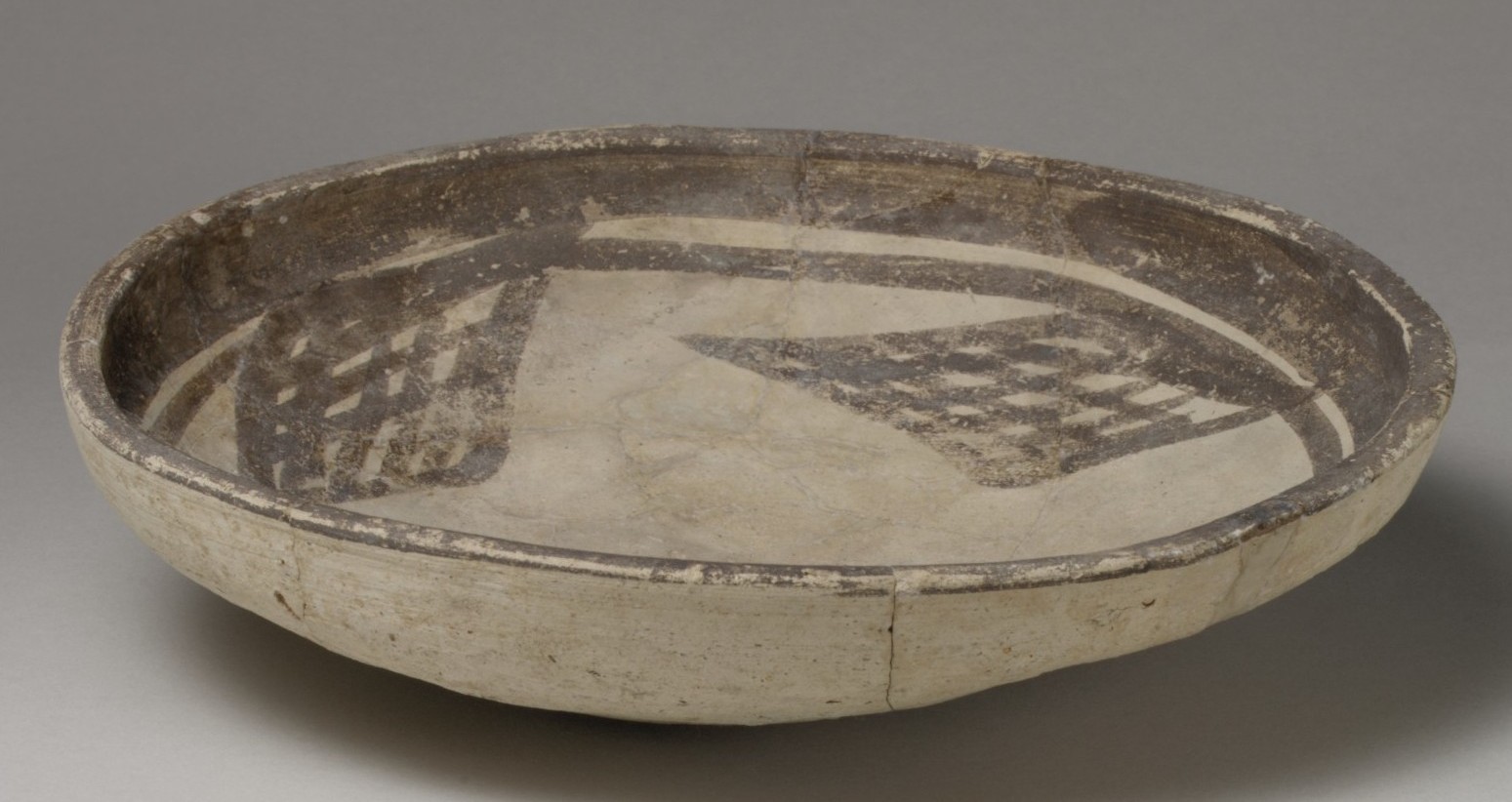 Metropolitan Museum of Art, Wikimedia Commons
Metropolitan Museum of Art, Wikimedia Commons
A Sort Of Ancient Melting Pot"
According to Polish researcher Agnieszka Szymczak, the Ubaids mixed and mingled with other cultures like the New Stone Age or Neolithic cultures that were emerging in the Arabian Gulf to create a "sort of ancient melting pot".
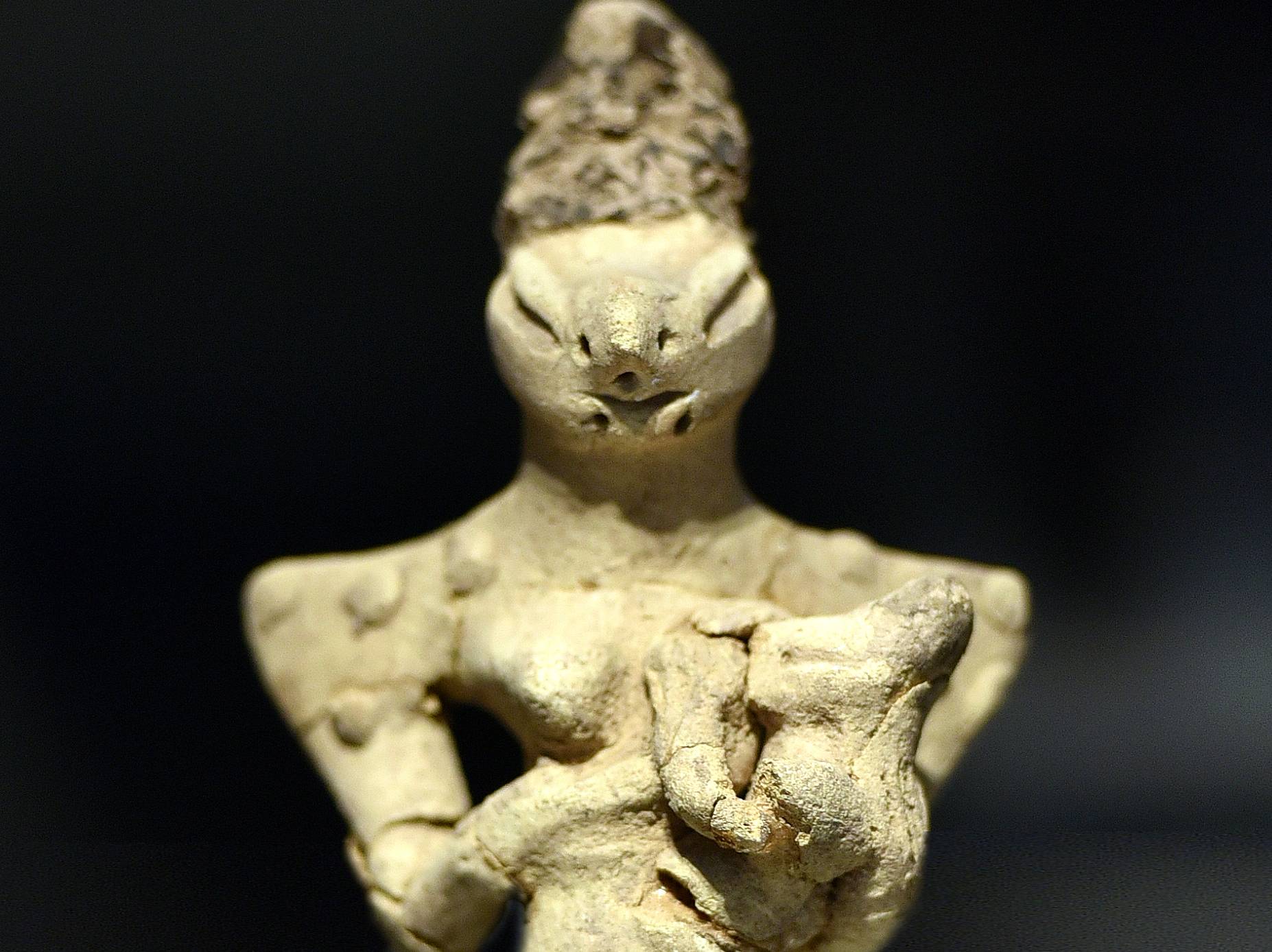 Osama Shukir Muhammed Amin FRCP(Glasg), CC BY-SA 4.0, Wikimedia Commons
Osama Shukir Muhammed Amin FRCP(Glasg), CC BY-SA 4.0, Wikimedia Commons
Mesopotamian Clay Indicates More Culture Spread
The clay pieces found at Bahra 1 were made of Mesopotamian clay—a clay that was plasticky once fired and a lighter, more golden color, than the "Coarse Red Ware" archaeologists have discovered in other parts of the Arabian Gulf. This seems to indicate that the Ubaid were importing clay from their homeland.
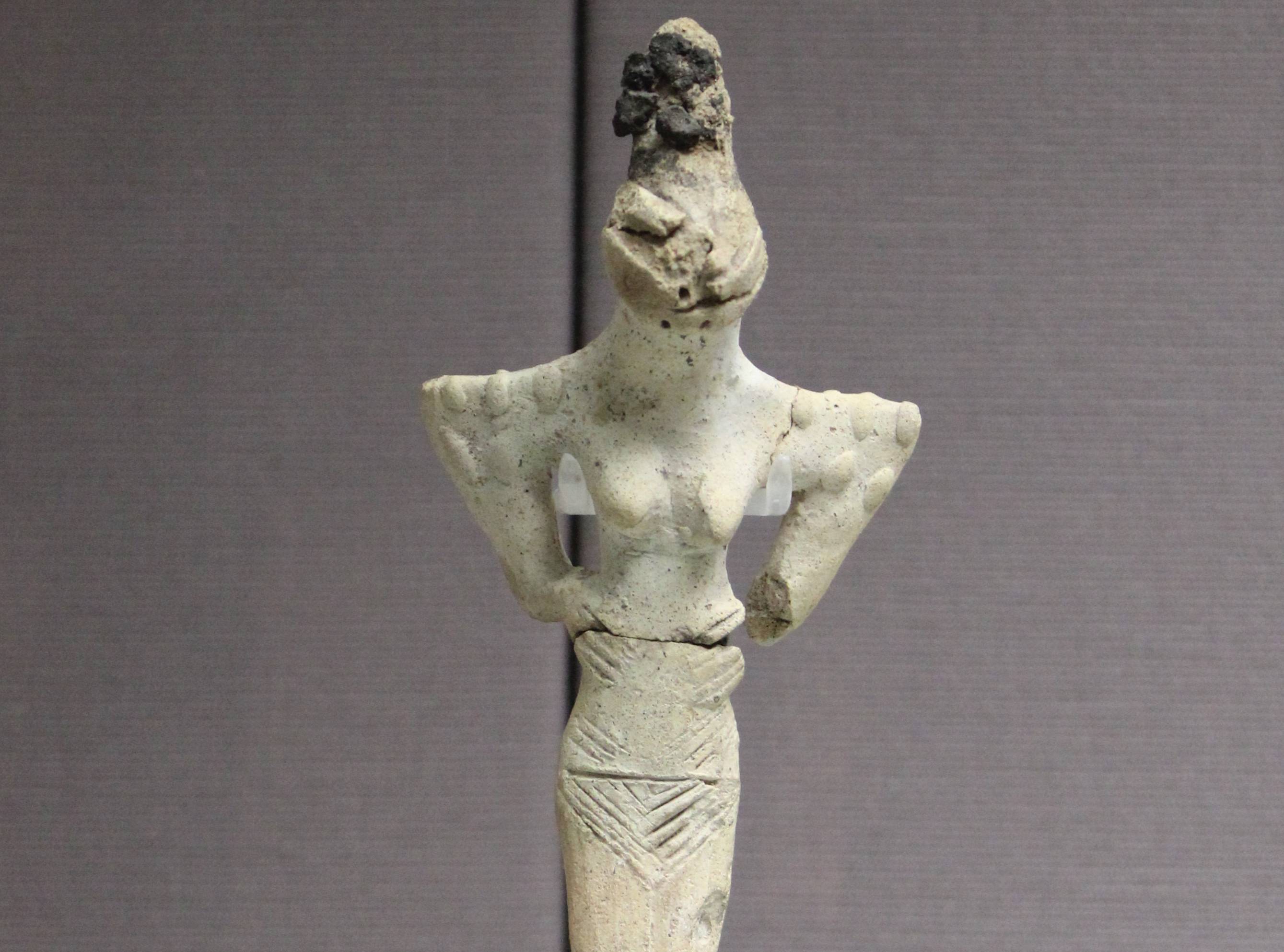 Zunkir, CC BY-SA 4.0, Wikimedia Commons
Zunkir, CC BY-SA 4.0, Wikimedia Commons
Figure Discovered In A Mundane Activity Area
Most discoveries of Ubaid pottery and clay pieces in recent months and years have been at significant sites, like gravesites or burial grounds, but the 7,000-year-old sculpture in question was discovered in a "mundane activity area". This begs the question: What else is there to be found?
Unusually-Shaped Figurines
Many of the figurines discovered at Bahra 1 have an unusually-shaped head. That is, there is some form of cranial disfigurement. One theory as to why these figures were shaped so oddly is that they represented the Ubaid people, who practiced "artificial cranial deformation".
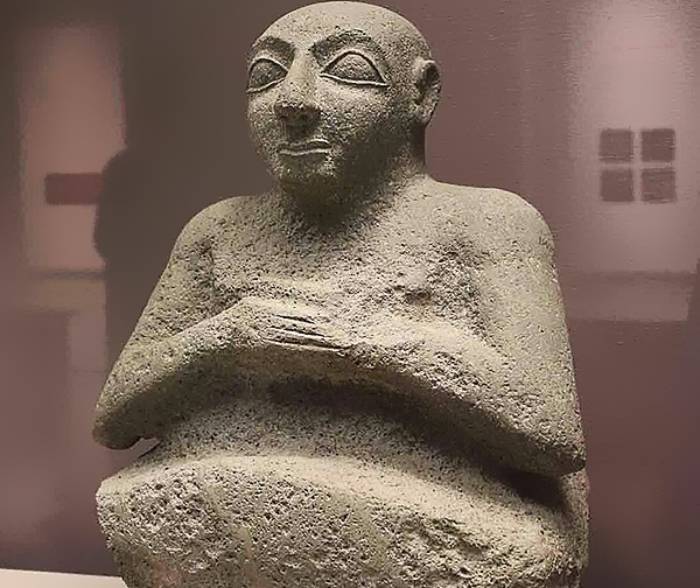 akhenatenator, Wikimedia Commons
akhenatenator, Wikimedia Commons
What Is Artificial Cranial Deformation?
Similar to feet and toe deformation practices, artificial cranial deformation involves the application of consistent pressure upon a child's developing skull, by wrapping bandages around it, so tightly that the skull forms flat or misshapen. The practice predates written history, but the earliest writings about the practice comes from Hippocrates in 400 BCE.
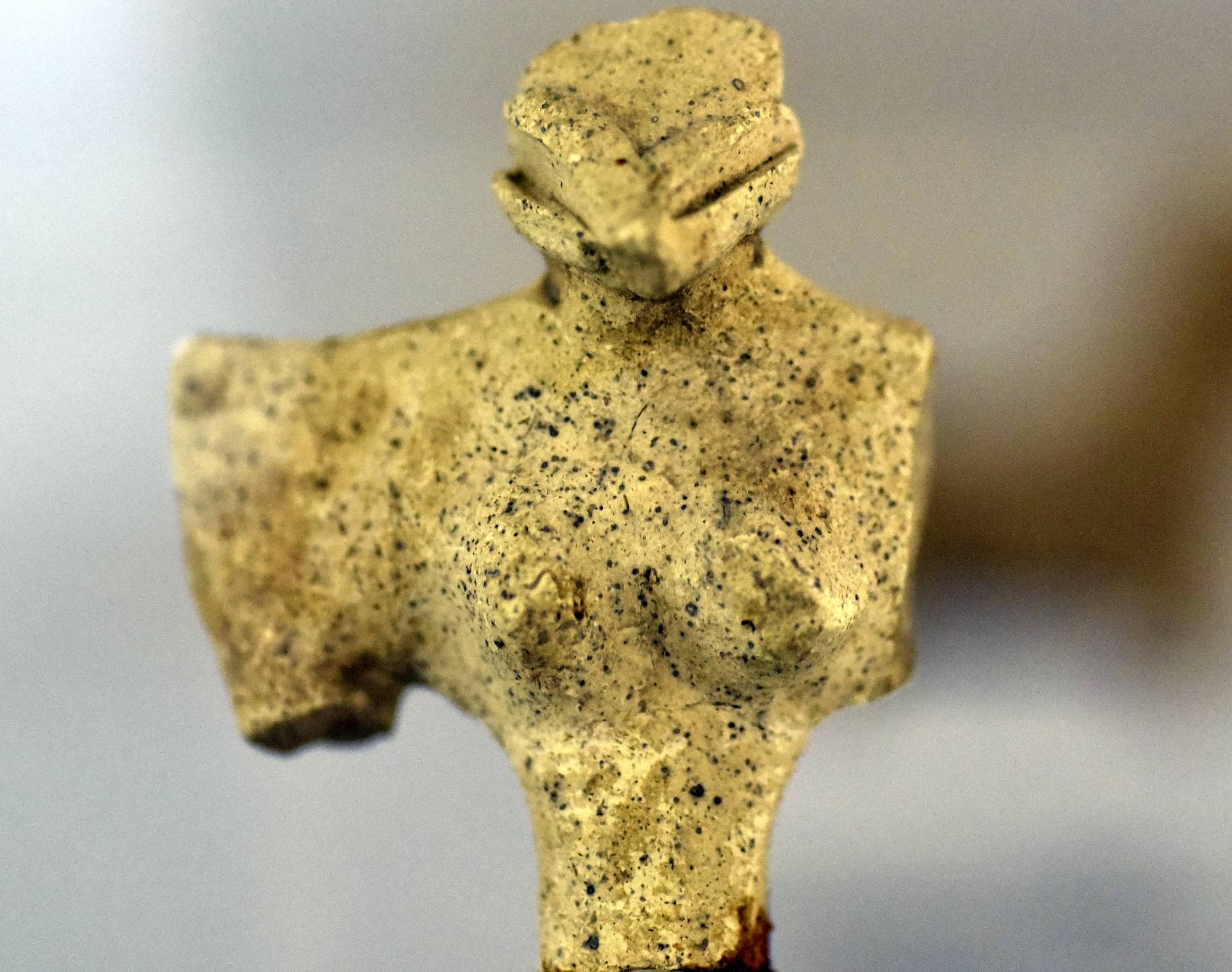 Osama Shukir Muhammed Amin FRCP(Glasg), Wikimedia Commons
Osama Shukir Muhammed Amin FRCP(Glasg), Wikimedia Commons
Where Did The Ubaids Adopt The Practice From?
While scientists and archaeologists are speculating, they think it's possible that the Ubaids picked up the practice of intentionally misshaping skulls from Iran in the 7th or 8th millennia BC.
 Zunkir, CC BY-SA 4.0, Wikimedia Commons
Zunkir, CC BY-SA 4.0, Wikimedia Commons
Small Fragments Of Plants Found
When excavating the site, archaeologists also uncovered tiny fragments of plants that were added to the clay while the pottery was being made. Although testing and analysis still has to be conducted by archaeobotanical professionals, it provides another layer of mystery—and another route of inquiry.
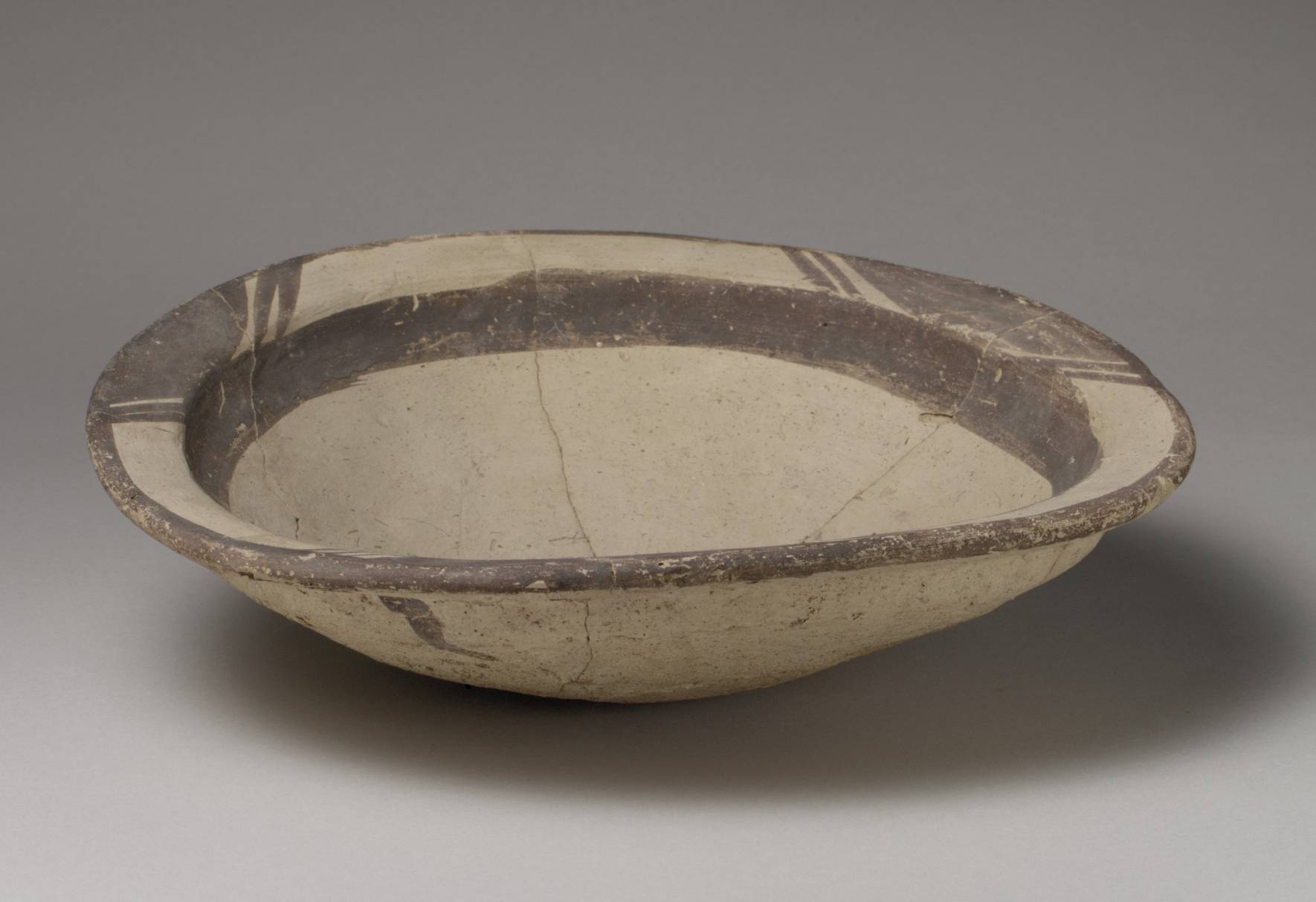 Metropolitan Museum of Art, Wikimedia Commons
Metropolitan Museum of Art, Wikimedia Commons
Cultivated And Wild Plants Found Earlier
Cultivated plants like barley and wheat were found in early analyses of the Ubaid pottery, according to Dr Roman Hovsepyan, who also noted that only wild plants like reeds were found in the locally-made pottery. This would suggest that the Ubaid kept to what they knew and imported what they needed to make their own "brand" of pottery, if you will.
An Ubaid Bowl Discovery
Of course, the Ubaid didn't just make symbolic pieces of pottery. One Ubaid bowl was discovered mostly in-tact at Eridu settlement in Bahra 1, dating back to the 5th or 6th millennia BC.
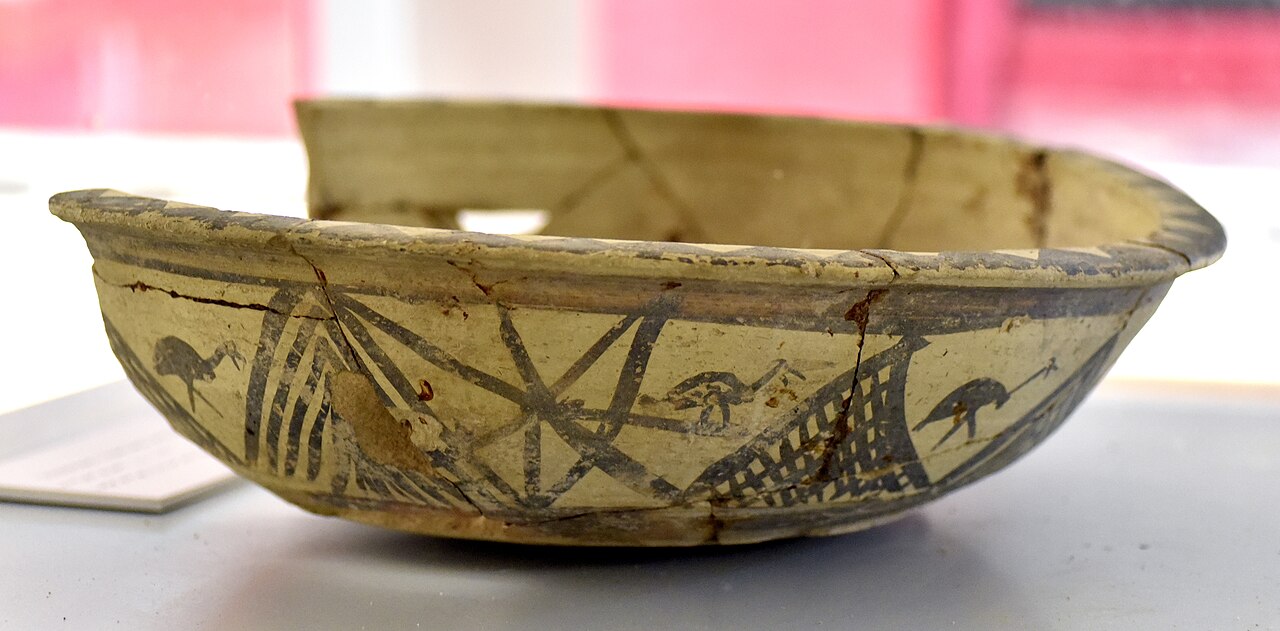 Osama Shukir Muhammed Amin FRCP(Glasg), CC BY-SA 4.0, Wikimedia Commons
Osama Shukir Muhammed Amin FRCP(Glasg), CC BY-SA 4.0, Wikimedia Commons
What To Make Of The Discovery Of The 7,000-Year-Old Sculpture
The alien-like representation of the sculpture likely indicates that the Ubaid peoples might have used the Bahra 1 site and its surroundings as some sort of ritualistic or religious gathering place.
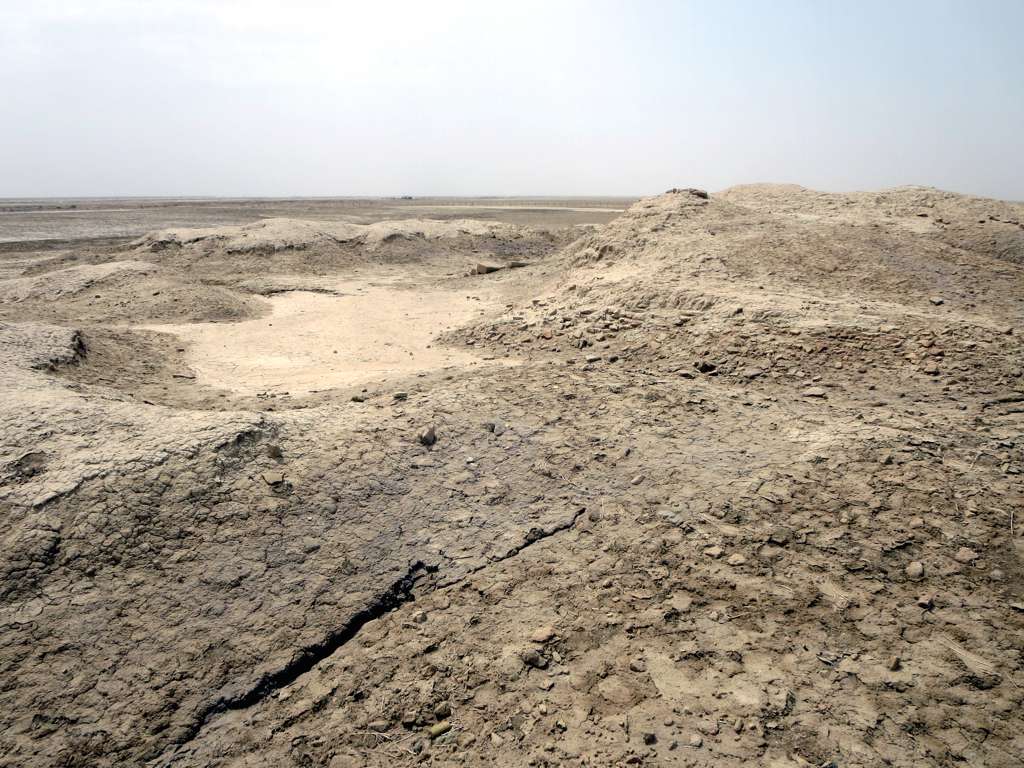 David Stanley, CC BY 3.0, Wikimedia Commons
David Stanley, CC BY 3.0, Wikimedia Commons
What About The Misshapen Face?
The misshapen face might be an indication of how the ancient Ubaids performed their artificial cranial deformation—by flattening the face. Others have noted how similar the misshapen face is to our modern interpretation of aliens—an ovular face with a flat "nose" and two small eyes. Is it possible that the Ubaids recreated something they came into contact with, deep in the Kuwaiti desert?
 Kuwaitsoccer, CC BY-SA 3.0, Wikimedia Commons
Kuwaitsoccer, CC BY-SA 3.0, Wikimedia Commons
What Do You Think?
Let us know what you think about the origins of this unique sculpture and what you know about the Ubaid culture and their pottery wares in the comments.
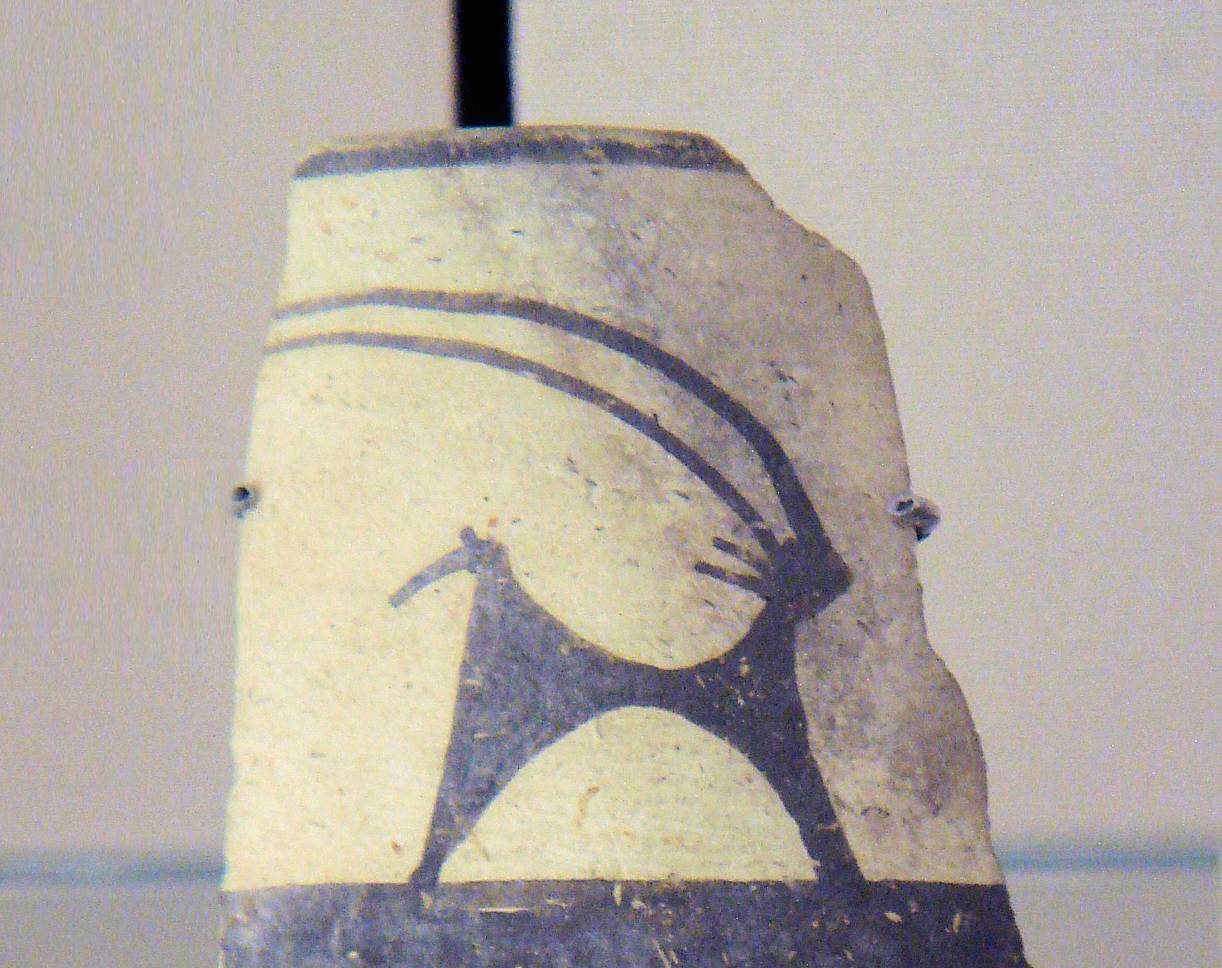 ALFGRN, CC BY-SA 2.0, Wikimedia Commons
ALFGRN, CC BY-SA 2.0, Wikimedia Commons


